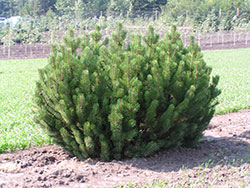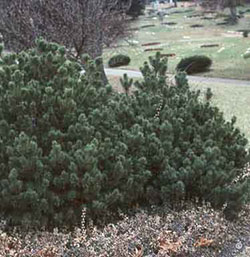Why are trees in my yard a good idea?
 Trees allow homeowners to enjoy shade, autumn colors and birds. Windbreaks are home to wildlife, and can enhance a view, screen a home or protect other landscape plants. Colorado’s unique climate of intense sunlight, extremes in temperature, high winds, low rainfall and lack of abundant snowfall necessitate thoughtful tree selection. The soils most home owners inherit frequently have been compacted and drain poorly.
Trees allow homeowners to enjoy shade, autumn colors and birds. Windbreaks are home to wildlife, and can enhance a view, screen a home or protect other landscape plants. Colorado’s unique climate of intense sunlight, extremes in temperature, high winds, low rainfall and lack of abundant snowfall necessitate thoughtful tree selection. The soils most home owners inherit frequently have been compacted and drain poorly.
What should I consider when choosing a tree?
Consider the full-grown height and width of a tree before planting. The natural tendency in a new landscape is to choose fast-growing trees for quick shade. While this does give a short-term benefit, fast-growing trees are often soft wooded and break during storms. They also are brittle and subject to insects and diseases. Fast-growing trees include silver maple, lombardy poplar, cottonwood and Siberian elm. Slower-growing trees are much better choices for the long-term landscape.

Consider planting large shade trees such as bur oak, linden, Colorado spruce, white fir, Douglas fir, hackberry, catalpa and honeylocust. Medium size trees such as Turkish filbert, Kentucky coffee tree, Norway spruce, scotch pine, Austrian pine, golden rain tree and Ohio buckeye are good choices. Small trees such as Gambel oak, serviceberry, bristlecone pine, foxtail pine, mugo pine, pinyon pine, lilac, hawthorn, hoptree, alder and European mountain ash can be planted.
For more information, see the following Planttalk Colorado™ video(s).
For more information, see the following Colorado State University Extension fact sheet(s).
- Xeriscaping: Trees and Shrubs
- Landscaping for Energy Conservation
- Trees and Shrubs for Mountain Areas
- Evergreen Trees
- Small Deciduous Trees
- Large Deciduous Trees



